Lessons from Experience: A Personal Reflection
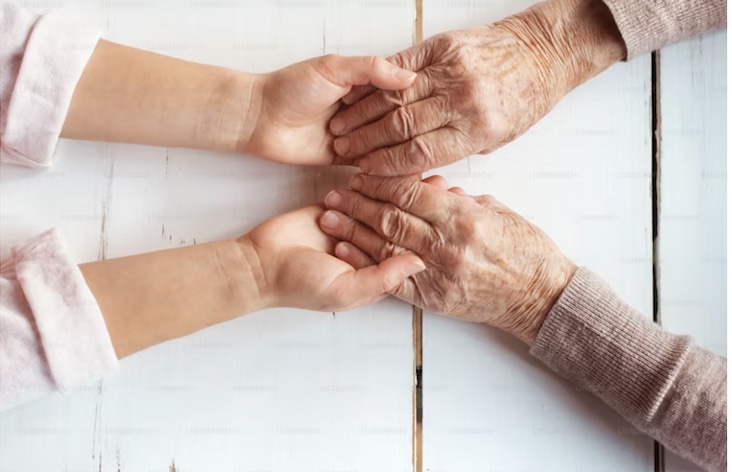
One of the highlights of my educational journey are the hands-on experiences I got from going out and doing co-ops. The co-ops expanded my knowledge and perspective in several areas relating to the field I currently study. The most memorable co-op I had was working in a long-term care home, where I created adaptive activities for seniors with late-stage dementia and worked with an interdisciplinary team. This experience influenced my approach as a future health educator by shining a light on the importance of empathy, creativity, and the key role of interdisciplinary collaboration in the delivery of successful wellness programs.
Health Education 101: The Basics and Beyond

When thinking about the role of active health education, I know it has an important role in the lifelong attitudes that children and youth have towards health and wellness. However, I believe that a key component critical to the success of any educational setting is the safety and comfort of the learning environment. School environments play an important role in the development of healthy or unhealthy social relationships, which then influence students ability to digest academics. Due to the clear impact of school environment on learning, it is important to consider analyzing the spaces lessons are taught in, and the teaching approaches used by educators in the curriculum of physical health education and beyond. Two examples that teachers are classroom language and environment, as they play a major role in helping or hindering the creation of safe, comfortable, and supportive spaces for learning to take place effectively. Below is a video I found that delves deeper into this topic.
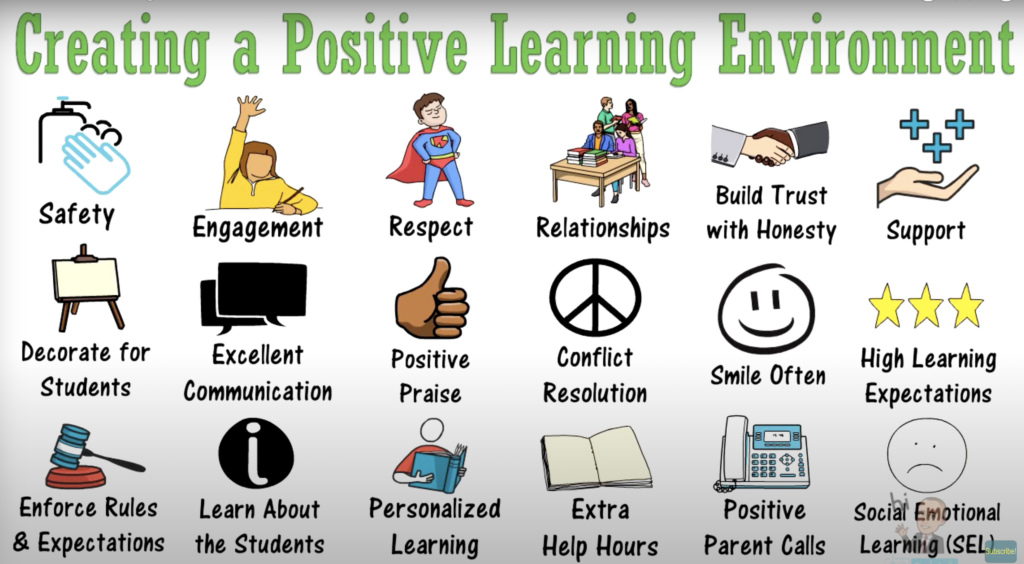
The following is an image I captured from a Youtube video that does a good job of summarizing the key points of creating optimal classroom environments in which good learning can take place.
In this video, they speak about a few points regarding the importance of creating safe, healthy, and sustaining environments in which students can be engaged, challenged, and supported while learning for better outcomes.
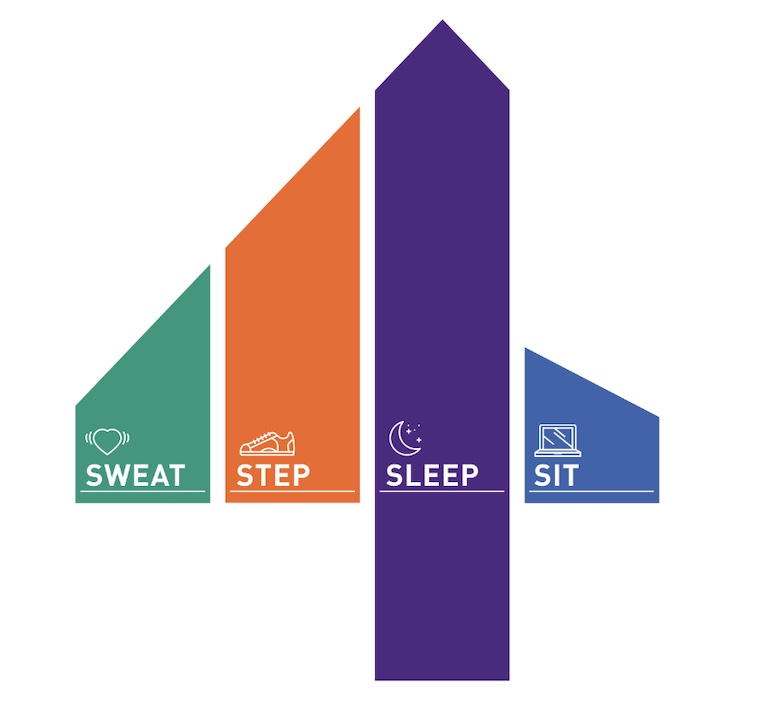
Lastly, as educators, I believe that when teaching active health topics that cover scientifically researched information such as recommended time for sleep, movement, and sedentary time, it is our ethical responsibility to stay informed on the latest research. This means relying on up-to-date, reliable sources, like the most recent publication of the 24-hour movement guidelines.
The Hidden Dangers of Early Specialization in Youth Sports

When children specialize in one specific sport at a high intensity this is known as early specialization, and it is a major threat to youth physical activity for numerous reasons. The high specialization of this approach demands that children and youth dedicate all of their focus on one sport, leaving them with little or no opportunity to develop a wide range of motor skills that are necessary for participating in other sports. As a result, individuals who early specialize in sports have low physical literacy levels and a have a higher chance of not being physically active later in life. However, research shows that health educators can help mitigate the harmful effects of early specialization by advocating for multi-sport participation and offering a variety of sports for children to engage in.
The Silent Killer: How Too Much Sitting is Harming Kids’ Health
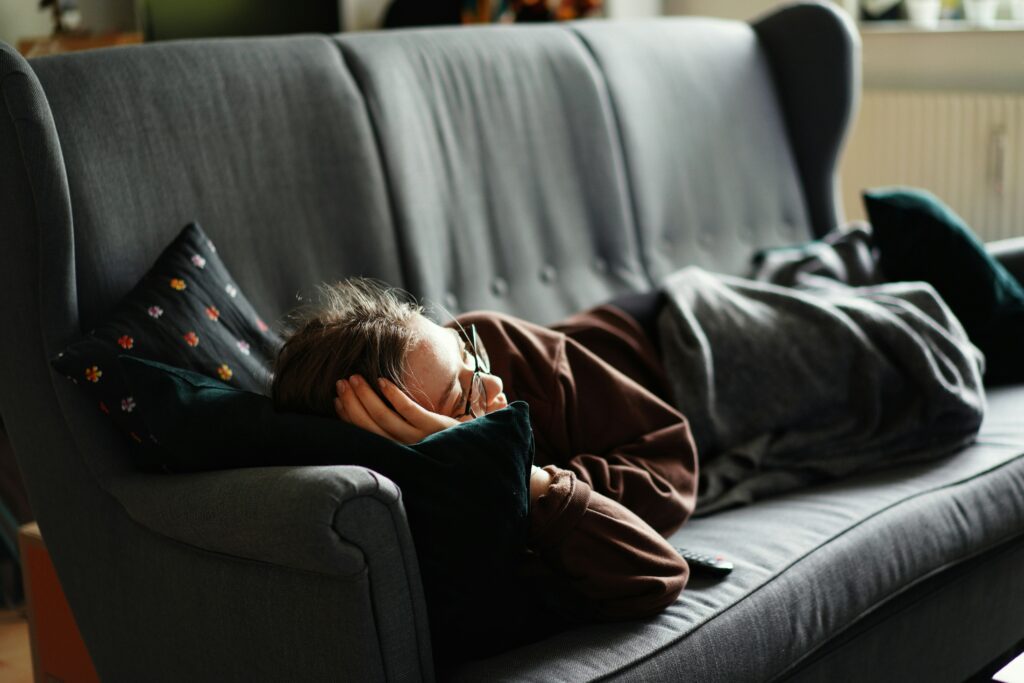
Sedentary behaviour is concerning for everyone, however it’s impact may be more significant on youth than we think. It is a silent killer. Sedentary behaviour contributes to the development of irreversible medical issues, like type 2 diabetes, that reduce a person’s quality of life. Additional health concerns like obesity, poor cardiovascular health, and reduced muscle and bone strength are scientifically proven to be directly correlated with an increase in sedentary behaviour and can significantly change the life of an individual. At one point, I thought sedentary behaviour only had temporary effects, however, I now realize how significant its impact is in the long run. To address this, health educators should prioritize teaching proactive strategies that emphasize prevention through behaviour change from health behaviour theories, rather than relying on the healthcare system for treatment.
5 Step Model for Sustaining Active Health
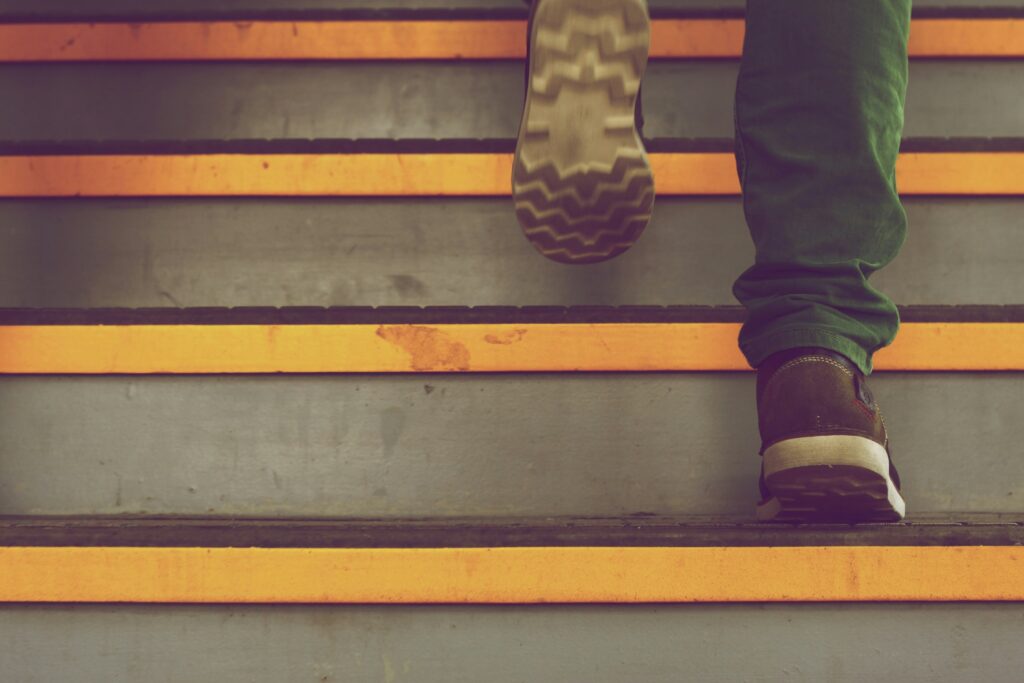
The five step model for active health is a guideline for future health educators to follow as they introduce sustainable physical activity concepts to youth in school settings. This model uses the acronym ABCDE, however I will only focus on the first three steps in this blog post. The desired outcome from using this model is that teachers become confident in creating sustainable plans that involve the entire school community and promote the increase of physical activity and literacy to improve the health and well-being of youth in schools.
- A = The first step of this model stands for assessing where your school currently stands in terms of knowledge and understanding of active living and health.
- B = The next step is all about building a foundation. This is done by identifying which individuals in the school community can join together and form a coalition that does the best job at championing active living and health at the school. This step also involves developing and sharing a vision to inspire the school to identify with, and be a part of bringing the vision to life.
- C= The final step I will cover is clarifying. In this step, the main goal is to advocate for active living and health, and establish a common understanding of what it should look like at the school. This is a process that requires an in-depth examination of what the active living and health awareness and application is currently like at the school, what it should like be after the vision comes alive, and figuring out how to bridge that gap. One way to approach bridging the gap in knowledge and understanding is by sparking informal and formal conversations about the topic of active living and health with school members. This simple yet effective approach helps bring awareness to the topic by talking about it at the school.
In sum, the first three steps of the process focus on defining active living and health, getting everyone on the same page by aligning people’s understanding and beliefs, and then seeking approaches and initiatives that contribute to closing the gap between the knowledge and behaviour.
References
Horn, T. S. (2015). Social Psychological and Developmental Perspectives on Early Sport Specialization. Kinesiology Review (Champaign, Ill.), 4(3), 248–266. https://doi.org/10.1123/kr.2015-0025
Mitchell, J. A., & Byun, W. (2014). Sedentary Behavior and Health Outcomes in Children and Adolescents. American Journal of Lifestyle Medicine, 8(3), 173–199. https://doi.org/10.1177/1559827613498700
Leave a Reply